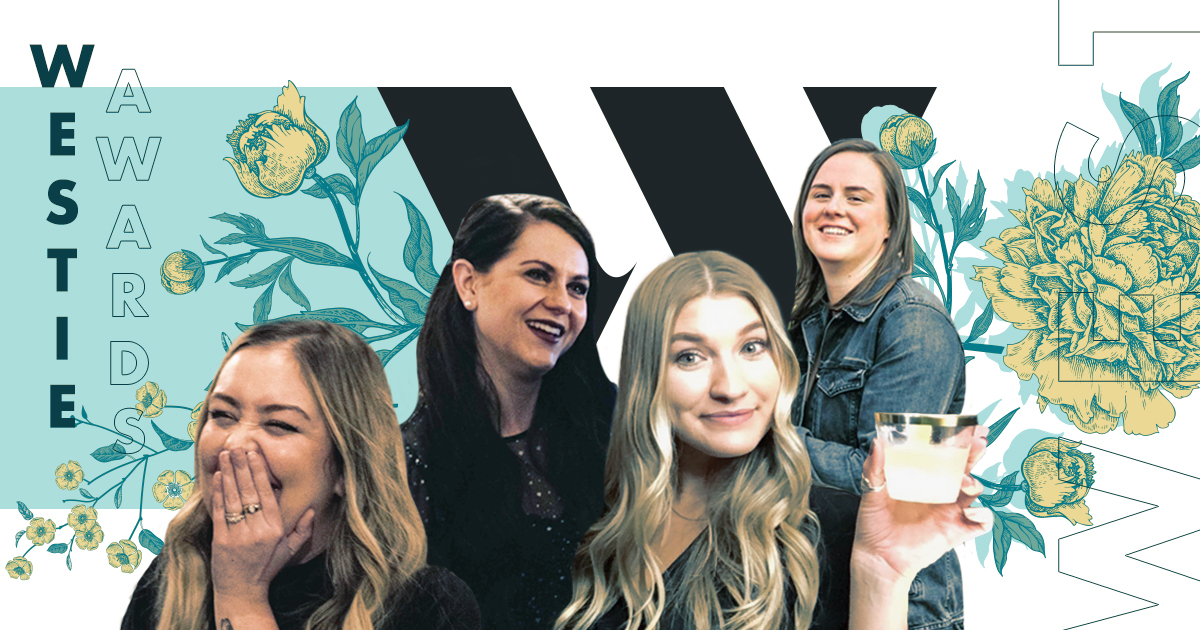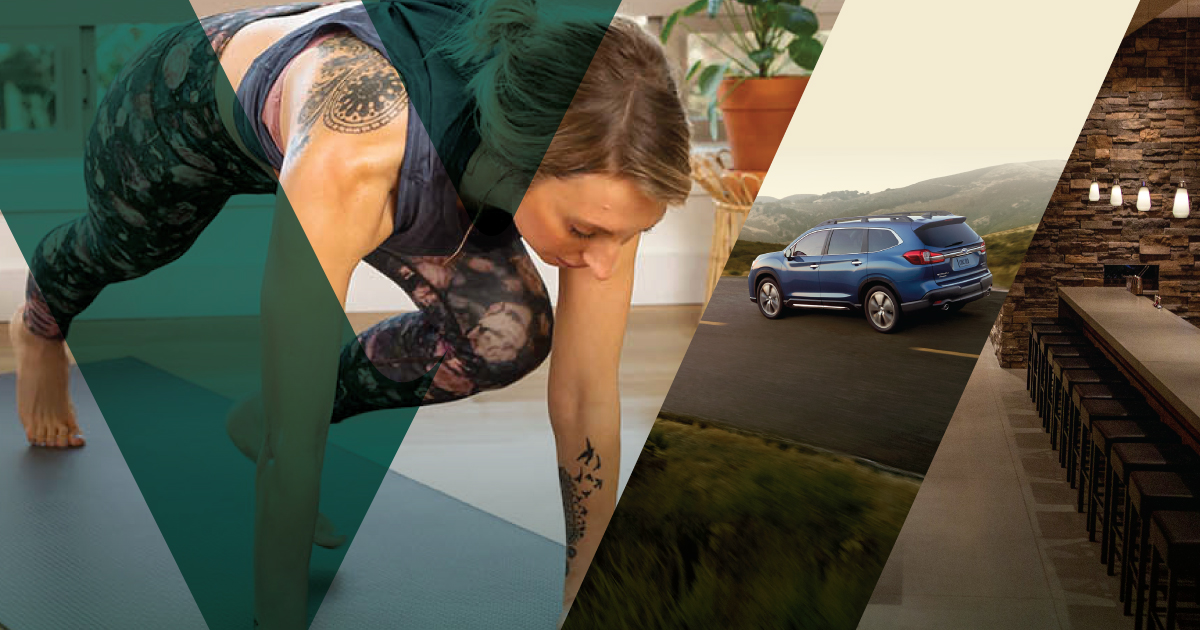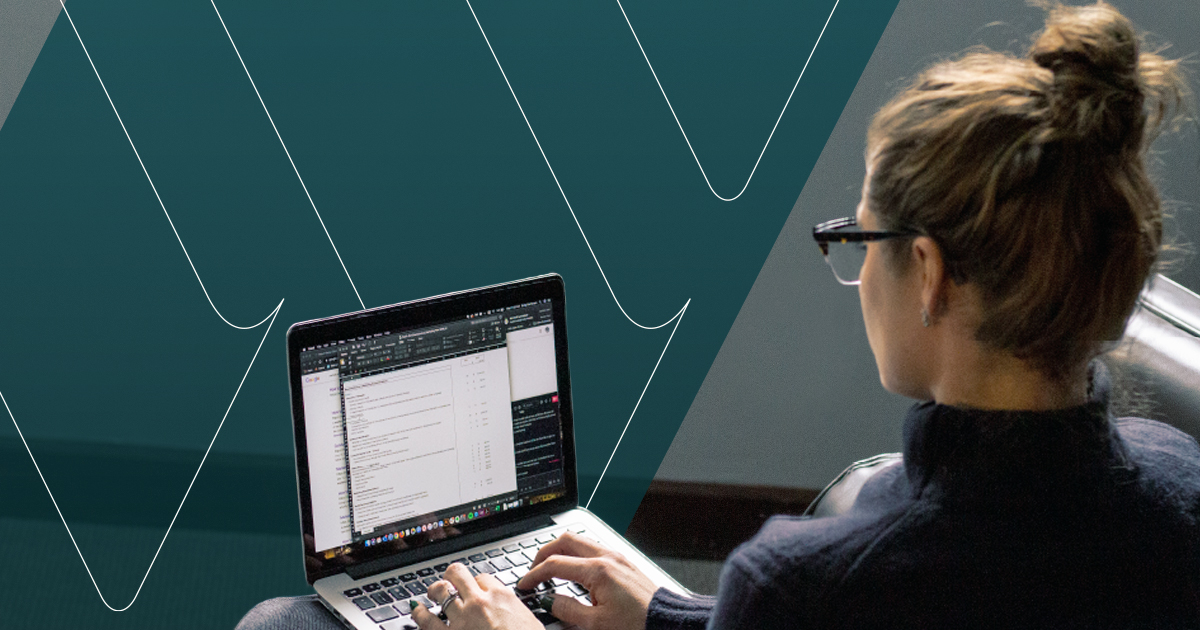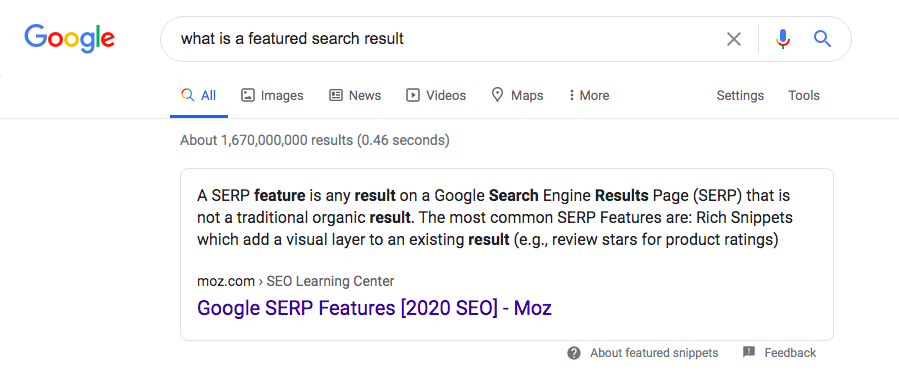1.19.21 | read time: 6.5 min
What Makes A Good Digital Ad?
116 & West
Running digital ads is kind of like watching a friend participate in internet dating: Your friend will have a list of requirements for a partner, and if the potential partner who pops up on the screen doesn’t have at least some of them, your pal will no doubt continue to scroll…or swipe left. Determining if a person is right for you obviously takes a little more than a quick scan of their photos and bio, but when it comes to internet dating and, well, digital advertising, you don’t always have that kind of time.
In general, people have a short attention span, and measurably less when they’re receiving advertisements. So, make sure your ad is doing the right things, otherwise, you’ll be ghosted.
Digital advertising, although easy to track (I’ll talk more about that below), isn’t always the most visible. And, because every other business is on the interwebz, it’s essential that your ad is targeted correctly and stands out.
So, whether you’re placing ads on Instagram, TikTok, or buying programmatic space, it’s important to remember that good ads:
ARE GOAL-ORIENTED
One of the #neat things about taking your marketing to the digital world is that it’s performance is measurable. You can see how many people see your ads (impressions), you can see how many people engaged with your ads (likes, comments, and shares), and you can find out how many people clicked on your ads (click-through rate).
Side note: Another important step in measuring how well your ad campaign does is to have tracking set up on your website. Through it, you can see where people go once they get to your website or landing page—a product purchase, or another step in the sales funnel. You can even tell if they chuck the deuces and bounce.
Set up performance goals for your ad campaign. In the biz, we call these Key Performance Indicators, or KPIs. Goals have to be both large- and small-scale. For example your larger-scale goal will be what you expect out of your overall campaign (growth percentage, sales, etc.). Your smaller-scale goals will be based on how you measure success for the ads themselves. It’s good to have target goals for things like impressions and conversion rates. You can also have target goals for how many people you’d like to see engage or click through. (If you need help figuring all this out, click that “let’s work together” button on the right side of your screen.)
A good digital ad is built with the campaign goals in mind. That way, if something isn’t performing to the KPIs you’ve set up, then you can rework it and try again.
ARE WELL BRANDED
It may be tempting to pull out all the stops for your digital ad and make it POP. Do any research about colors and advertising, and you’ll no doubt come across articles talking about how blue is calming, red is alarming, and so on. If you find that green is supposed to help sales, but your brand colors are grey and pink, always go with your brand colors.
Your name, your logo, and your brand colors are much, much more important than whatever color might make someone more likely to buy. Because, not only are you selling a product or a service (whatever your business might be), you’re also making it easier for people to recognize your brand. If your brand is well-known, the selling of a product or service becomes much easier. Take for example Tylenol. You can probably buy the same generic product without the label (and probably pay less). However, the popular name and branding make it feel more trustworthy.
That’s what you want for your brand. So be consistent with your logo and branding through all of your digital advertising. That way, it will be easier for people to draw the connection between your brand and the messaging of your digital ad.
INCLUDE AN OFFER
Now, if you’re running an ad without an offer, that’s okay. Not every digital ad has to come with some kind of sale or promotion. Some campaigns are solely for brand awareness. Some are to garner interest in an event. If you have an offer, however, lead with that.
Placing an ad without the offer is a lot like burying the lead in a news article. The most important information needs to be the first thing people see. If you have a compelling offer, people need to know about it. And, if you’re paying for advertising, you’ll want an ROI. One of the best ways to get a return? Make your ad compelling so people click on it.
IDENTIFY A CTA
You’ll want all those digital eyeballs on your ad to do something other than look. If possible (not all ad sizes can accommodate this) include a call to action, or CTA. That means, if you’re trying to get people to your website, send them there. If you’d like them to go to a landing page, a menu, or any other specific digital place, make it easy for them to get there with a single click.
Ads that give people direction are the most successful, and are the easiest to track for success. People like being told what to do (cough, sheeple), so give them the opportunity to be led.
ARE SIMPLE
Again, it may be tempting to use ALL THE WORDS AND ALL THE COLORS on your ad, but if it’s too busy without any messaging hierarchy, then it’s unlikely anyone will engage or click on your ad.
Not only do people have short attention spans and need direction, they are easily overwhelmed. (The human race needs some work, huh?) The main point of your ad needs to be at the forefront. Everything else can be toned down or even removed. Good ads, especially when you’re low on space and copy, exemplify the idea that “less is more.”
ARE BUILT FOR THE PLATFORM
Advertising works best when it’s created for the platform. The size, style, and messaging of your ads should look and feel appropriate to where they are. For example, if you’re running an ad on Instagram Stories, then the size of your ad should fit the requirements. And, because there aren’t many words allowed on IGS, keep your message concise. Further, because you’re only allowed 15 seconds, it’s imperative the length of your ad is appropriate, or at least interesting enough to get people to “swipe up.”
Programmatic ads are generally very small. You don’t have much room to do much other than show your logo, a few words of copy, and then a CTA. So, when you’re creating ads for that space, it’s important that you’re smart with your messaging, and that you are really specific with what you want people to do or see.
It’s also essential that your ads are made for the people on that platform. For example, an ad on TikTok should be made for a different audience than for the one on LinkedIn. And while one could argue there is some overlap in audience, the content on each platform is vastly different. Your ad should feel like it’s made for the people and the content they expect. So, even if your ad campaign is for a single sale or event, the ads you make for it should vary to meet each audience on each platform.
ARE MADE WITH LOVE
You know we’re all about this. If you’re new to the biznas of digital advertising, or are veteran who needs some fresh ideas, give us a call, send us an email at whatsup@116andwest.com, or swipe right on your “agency dating app.” Our media and creative teams work closely together to make sure your digital ads will POP (to the right people, in your brand colors, on the right platform).




